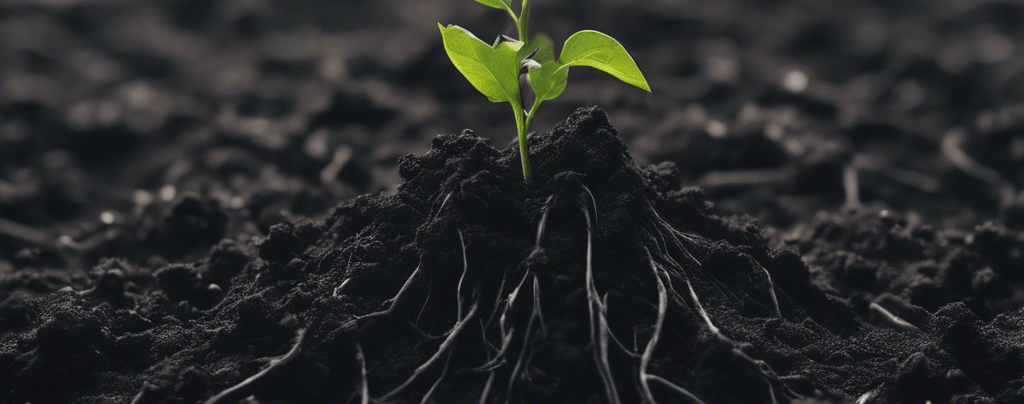The Challenges of Gardening in Black Soil


Central Australia is known for its unique landscapes and diverse ecosystems. One of the distinctive features of this region is the presence of black soil, which poses specific challenges for gardening enthusiasts. In this blog post, we will explore the qualities of black soil in Central Australia and discuss why this soil type can make gardening a bit more complicated in this area.
Qualities of Black Soil
Black soil, also known as vertisols, is characterised by its high clay content. It gets its dark colour from the accumulation of organic matter over time. This soil type is typically found in areas with a semi-arid to arid climate, such as Central Australia.
Here are some qualities of black soil:
High Retention of Moisture: Black soil has excellent water-holding capacity, which can be both a boon and a bane for gardening. It retains moisture for extended periods, reducing the frequency of watering required. However, excessive moisture retention can lead to waterlogging and root rot.
High Fertility: Black soil is rich in nutrients and organic matter, making it highly fertile. It provides a good foundation for plants to grow and thrive.
Expansive Nature: One of the unique properties of black soil is its ability to expand and contract significantly with changes in moisture content. This expansion can cause the soil to crack during dry periods, harming plant roots.
Poor Drainage: Due to its high clay content, black soil has poor drainage. This can result in water pooling on the surface, leading to waterlogged conditions unfavourable for many plants.
Difficulty in Tilling: Black soil becomes sticky and heavy when wet, making it challenging to work with. It can easily clump together, forming hard lumps that hinder root growth and limit water and air penetration.
Gardening in Black Soil
While black soil has its advantages, it presents some unique challenges for gardening in Central Australia:
Water Management: The high moisture retention of black soil requires careful water management. Overwatering can lead to root rot and other fungal diseases, while underwatering can cause plants to wither and die.
Soil Structure: The expansive nature of black soil can cause cracks to form, which disrupts the soil structure. These cracks can make it difficult for plants to establish deep root systems, affecting their overall growth and stability.
Drainage Issues: Poor drainage is a significant challenge when gardening in black soil. Improving the soil's drainage by incorporating organic matter, such as compost or well-rotted manure, is crucial to promote better water flow.
Soil Preparation: Tilling and preparing black soil for planting can be labour-intensive due to its heavy and sticky nature. Adding organic matter, like compost, can help improve the soil's structure and make it easier to work with.
Plant Selection: Not all plants thrive in black soil. It is essential to choose plants well-suited to this soil type, such as native species or those known for their tolerance to clay soils.
Despite the challenges, it is possible to create a successful garden in Central Australia's black soil with proper soil management techniques, careful plant selection, and regular monitoring. By understanding the qualities of black soil and adapting gardening practices accordingly, you can enjoy the beauty of nature even in this unique and challenging environment.
